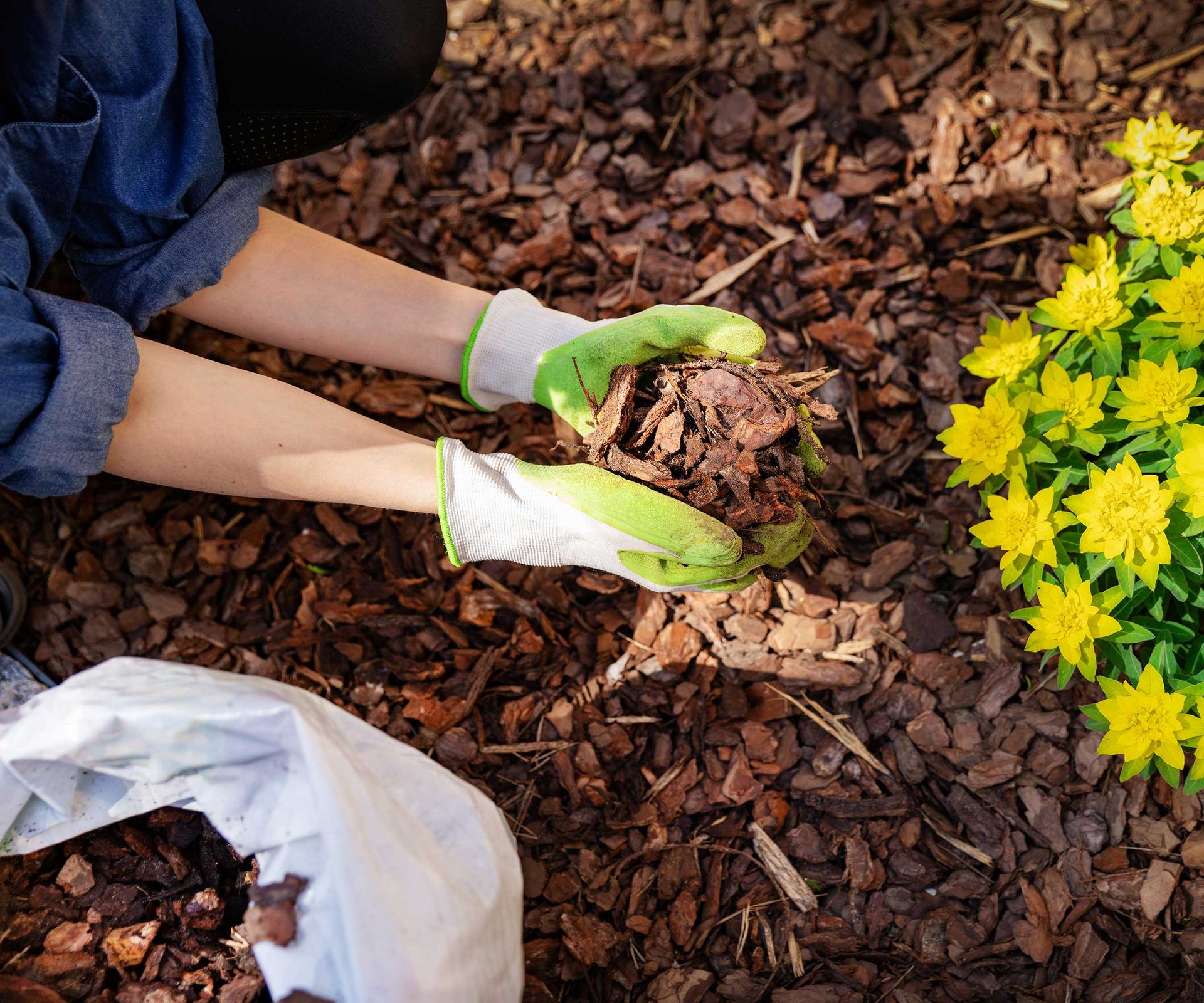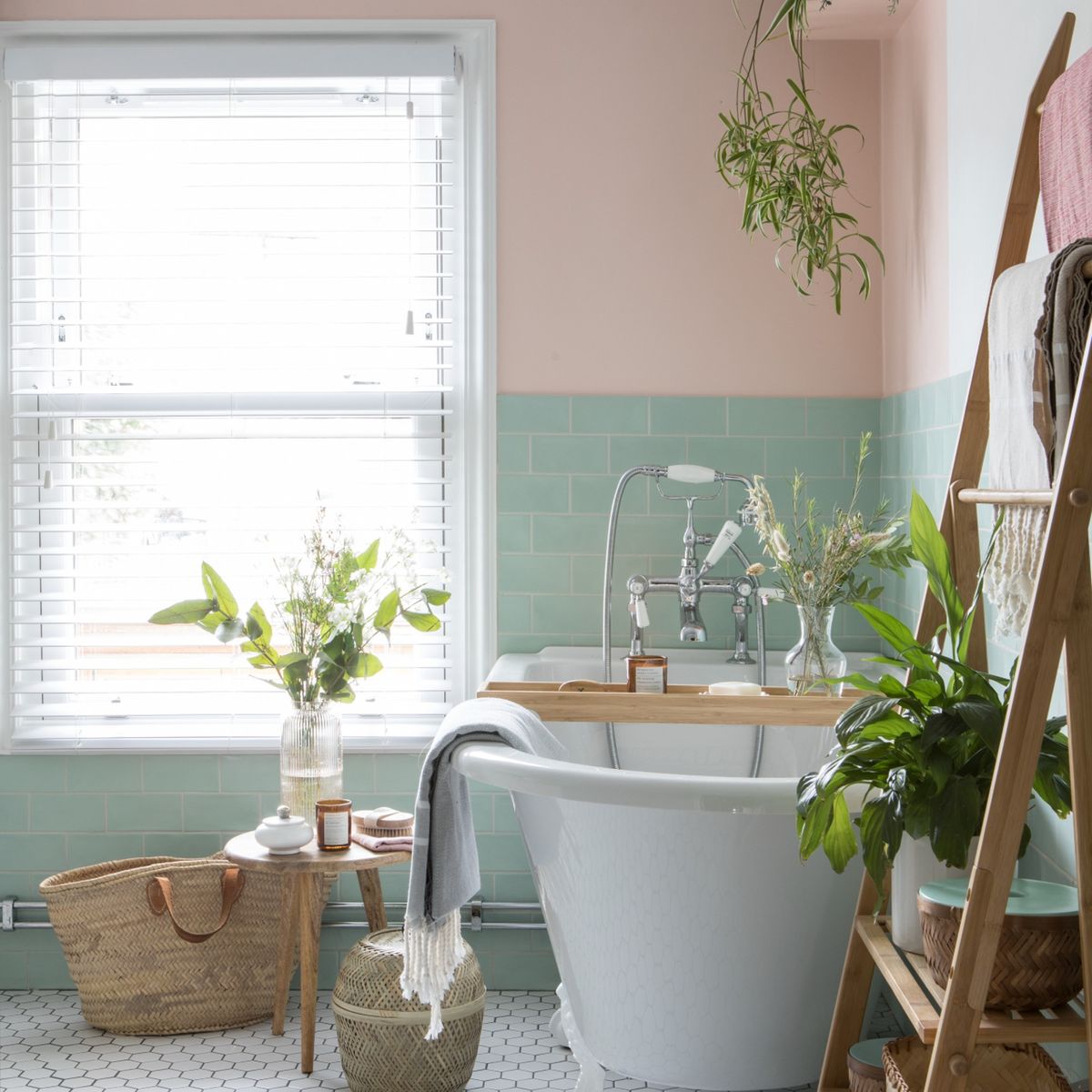Q: I have two substantial flower beds in my yard that are entire of perennial shrubs and herbaceous bouquets. With the arrival of warmer temperature, I’ve recognized that weeds have started out to crop up anywhere they can. Not only do they glimpse unattractive, but I am also apprehensive they will steal valuable nutrition from the soil and smother the surrounding crops. How can I tackle them safely, with out resulting in damage to the kinds that are basically intended to be there?
A: When receiving rid of weeds in carefully-packed flower beds, you will need to act rapidly but with warning. The most secure solutions are the types that give you the most regulate – so if attainable, consider and prise them out by hand by the roots, using a little hand trowel. This multifunctional Berry&Fowl instrument from Amazon (opens in new tab) is excellent for the task. Consider to steer clear of disturbing the roots of nearby crops. This is also a good way to tackle lawn weeds without having killing the grass.
It is less complicated mentioned than carried out for some forms of weeds, having said that. For instance, quackgrass sorts a network of scrambling rhizomes deep beneath the floor of the soil, and even if you go away a very small portion of it in there, it will check out to regrow. But for the trickier interlopers, there are other steps you can acquire.

A former specialist gardener and allotment-grower, Holly now spends her times creating about plants and outside living for Homes and Gardens, caring for her big selection of houseplants, and drawing her favorite blooms.
Remove weeds by hand where you can
(Image credit rating: Tim Gainey / Alamy Stock Picture)
Making use of mulch to suppress weeds
Whether working with compost, shredded bark, leaf mildew, or some other form of mulch, applying a somewhat thick layer all above your flower beds in spring can aid to smother weeds prior to they get a prospect to choose hold. What’s additional, these kinds of natural mulches will increase vitamins and minerals to the soil as they split down. Maintain it away from the stems of your vegetation, in any other case it can stimulate them to rot.
For the weeds that have currently sprouted, attempt and take out as numerous as you can by hand before mulching. Dig up the less difficult types by the roots, and lower the relaxation down working with a little hoe. Maintain an eye on the region and repeat this if any poke their way through the mulch – with time, the roots should really hopefully exhaust by themselves and the weeds will die.
Mulching in spring will smother weeds in advance of they acquire around
(Impression credit rating: ronstik / Alamy Stock Image)
Making use of herbicides in flower beds
Some perennial weeds that have by now founded leafy progress – this kind of as thistles, docks, dandelions and bindweed – are very best dealt with by herbicide spray, suggests John Negus, a back garden professional from Houses & Gardens.
‘The greatest weedkillers to use are people with glyphosate as their lively component,’ he claims. These travel down to the roots, killing the whole plant. Even so, John clarifies that these are non-selective and will kill any plant they come into speak to with, so you may require to be very careful not to spray any crops you want to preserve.
Verify the weather before you apply. Rain and wind can make the spray wash into or drift towards your back garden vegetation and kill them, as well, John warns. If you might be actually involved, you could meticulously wrap your vegetation in plastic sheeting before applying the weed killer, he carries on, which should really take a 7 days or two to operate. Reapply the herbicide if new leaves look.
For a little bit more management, John suggests employing a gel components, this kind of as Roundup Precision Gel, accessible on Amazon (opens in new tab), which is dabbed or painted on to the leaves. ‘This will take away the danger of the spray drifting and signifies you can tackle just those vegetation you wish to get rid of.’
Alternatively, you could remove the crops you want to preserve and plant them in a quarantined mattress, creating absolutely sure that there are no weeds combined in with the roots. This is significantly a lot more time-consuming, nevertheless, and some plants may put up with from transplant shock.

John Negus
John has been a backyard journalist for more than 50 a long time and regularly answers readers’ questions in Novice Gardening journal. He has also prepared four guides and has delivered lots of talks more than the several years on horticulture.
Adding ground protect crops
A different way to cut down the amount of weeds growing in borders is to fill in gaps with ground-deal with crops. These will mature to generate a carpet that will block sunlight and water from any weed seeds, blocking them from germinating.
As lengthy as the spot has excellent light-weight, John suggests the adhering to: Cotoneaster ‘Coral Beauty’ (an evergreen with white summertime flowers and a profusion of vivid-orange berries) Cotoneaster dammeri (an equally zestful ground-go over plant that is evergreen and prized for its reflective red berries) and Lonicera pileata (a rampant spreader with box-like eco-friendly leaves). Just verify they are not regarded as invasive vegetation in your spot, 1st.
It truly is virtually unachievable to avoid the odd weed from rising in flower beds, but it can be not a purpose to despair. As extensive as you check out to take away them as swiftly as feasible and remain vigilant, you may be ready to continue to keep your borders searching their best.


